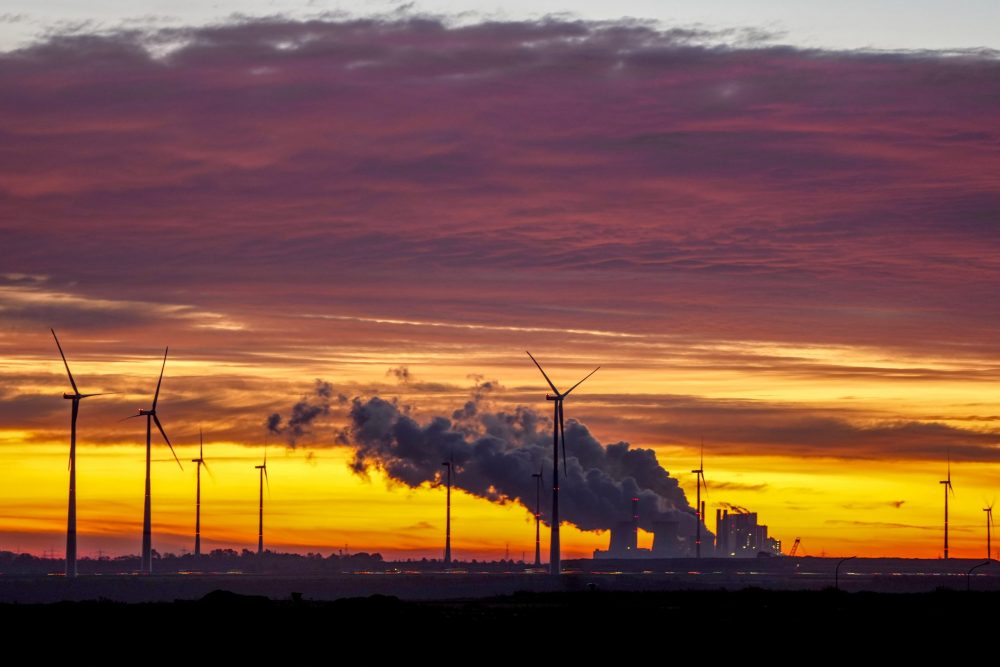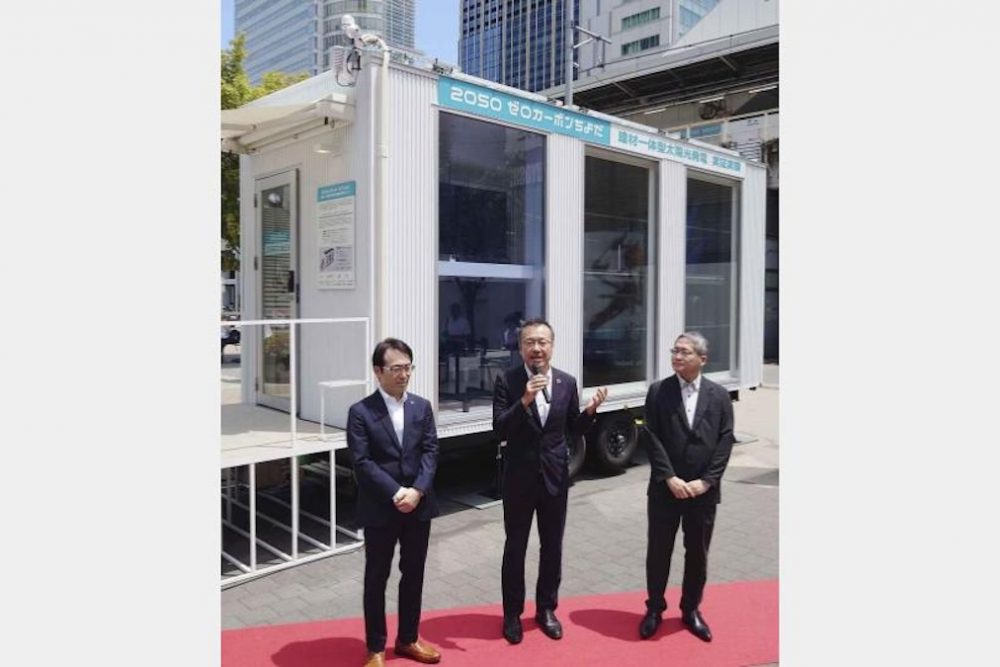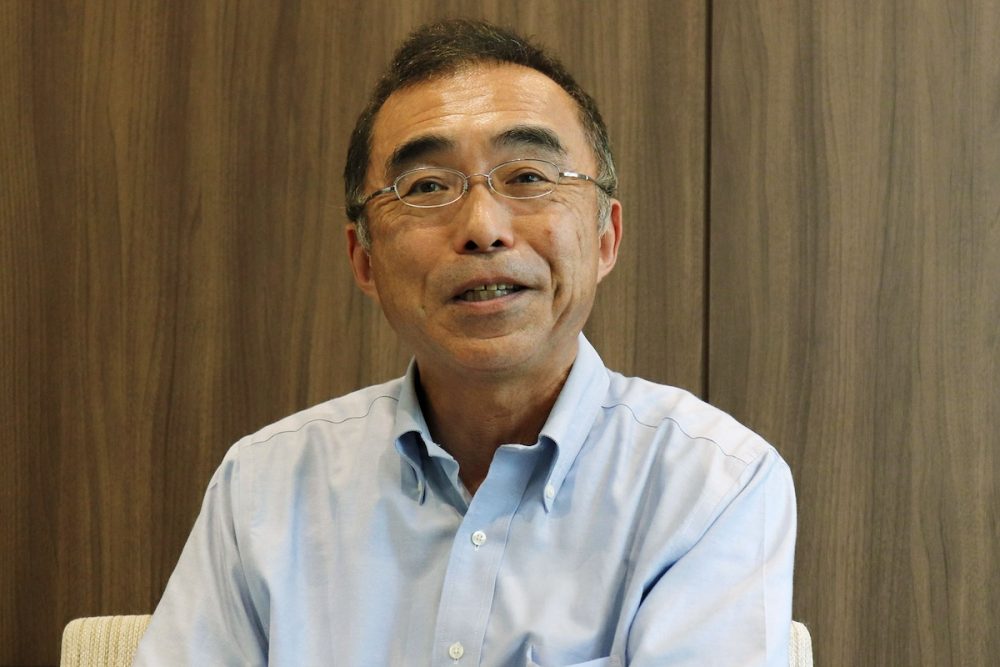Transparent Solar Panels: Transforming Skyscrapers into Energy Powerhouses
Competition is intensifying in the field of next-gen transparent solar panels that could transform buildings into power plants and help mitigate global warming.
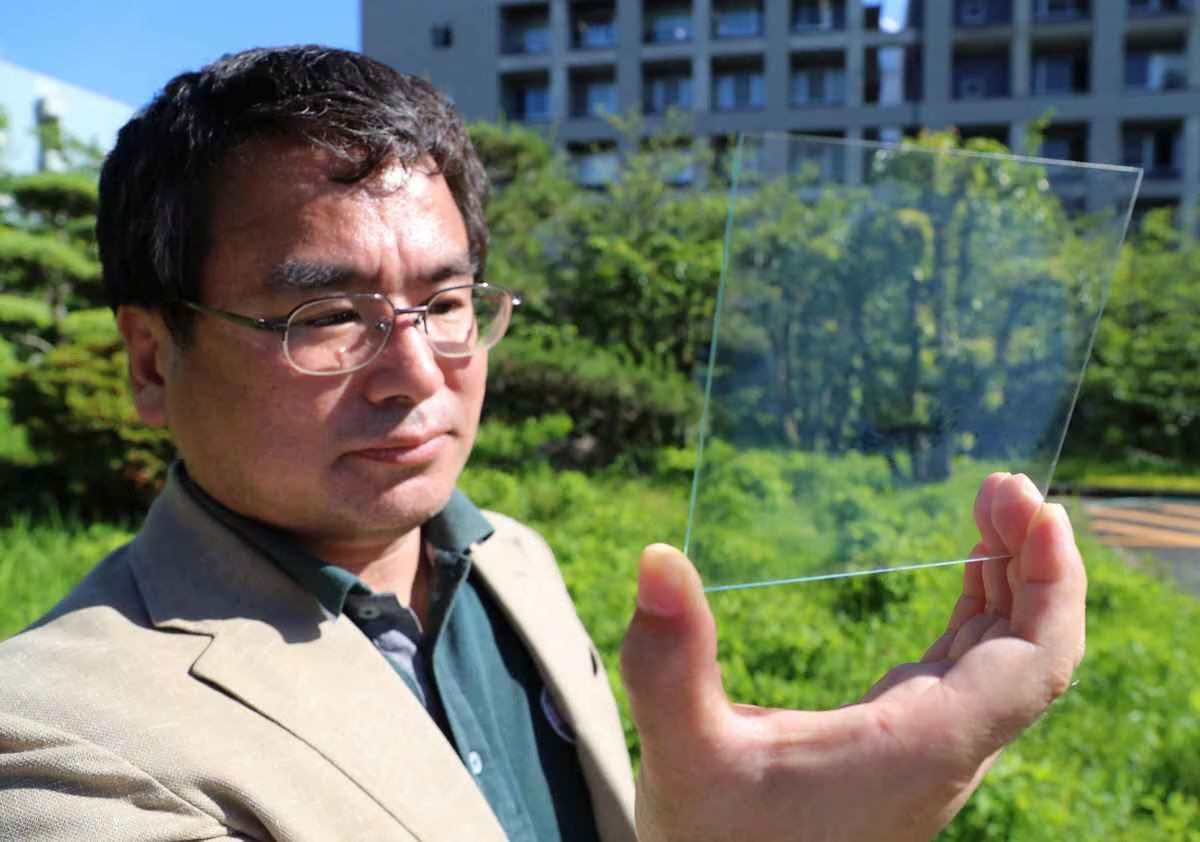
このページを 日本語 で読む
Research and development of next-generation transparent solar panels is advancing. Because they are transparent, these solar cells can absorb heat and generate electricity when installed on windows and exterior walls of high-rise buildings. If widely adopted, they could alleviate power shortages and help mitigate global warming. While some technological aspects are still not fully established, a future where city buildings themselves become "power plants" could soon become a reality.
Harnessing the Power of Infrared
The thin glass panel is just 10 cm square and fits in the palm of a hand. "Installing these on the windows of high-rise buildings can turn the buildings themselves into power plants. They could make our cities more disaster-resistant." So explains Professor Masanori Sakamoto of the Institute of Scientific and Industrial Research (SANKEN) of Osaka University. He developed a next-gen solar panel that generates electricity using infrared light.

Sunlight is classified into visible light, ultraviolet (UV) light, and infrared light according to wavelength. Conventional solar power utilizes visible light. Infrared light, comprising over 40% of the sun's rays, has gone largely unused because it contains less energy. Its radiation is easily absorbed by carbon dioxide and is a known cause of global warming.
What if we could harness the power of this trouble-making infrared radiation to generate power? Sakamoto began his research to answer this question in 2016 while at Kyoto University's Institute for Chemical Research.
Competition Ramps Up
He sought materials efficient in absorbing infrared light, focusing on nano-sized metal particles. These nanoparticles absorb different wavelengths of light depending on their type. Sakamoto successfully developed semiconductor nanoparticles with metallic properties.
By layering a liquid containing these nanoparticles onto glass panels, he was able to generate electricity solely from infrared light. The panels are transparent, allowing visible light to pass through. Even if installed on buildings and windows, they would have only minimal impact on the cityscape.
"When mounted on buildings, they would solve two problems at once," Sakamoto confidently asserts. "They can generate energy and reduce energy consumption by absorbing infrared heat," he explains.
Around Japan, competition is intensifying on the research and development front. Major petroleum distributor ENEOS is developing transparent solar cells using organic materials to generate electricity from infrared and ultraviolet light. Building materials giant YKK AP is aiming to create building materials that integrate solar cells.
Compared to solar cells with organic components, Sakamoto's inorganic semiconductor nanoparticles are expected to prove a more durable option. Yet, their power generation efficiency remains at a low 1%, far below conventional solar panels (around 20%). "We need to further improve efficiency," Sakamoto acknowledges.
Mega Solar Buildings?
Some buildings have already begun installing solar panels on their exteriors. Meanwhile, research into transparent next-generation solar cells continues to advance. Some calculations suggest that Osaka's Abeno Harukas skyscraper could power lighting on all floors independently. The future holds promise for the emergence of 'mega solar' buildings.
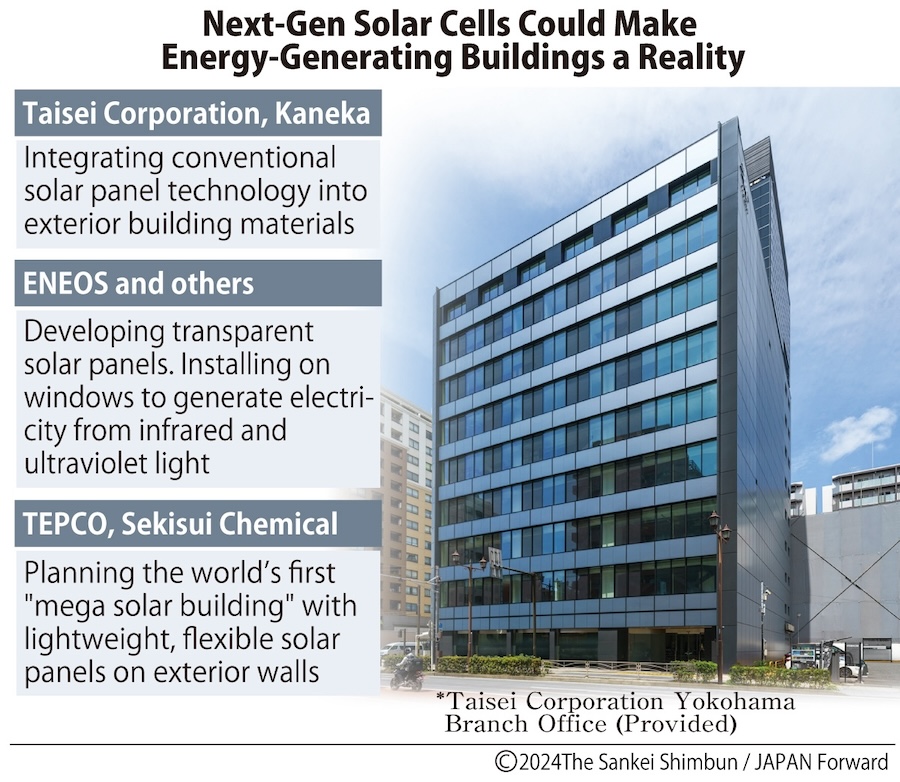
When it comes to products that integrate solar panels and building materials like walls and window glass, a joint venture by two companies – Taisei Corporation and Kaneka – leads the way. Taisei began sales in 2019, adopting the innovations at their Yokohama branch office. Starting in April 2024, the company has expanded sales targets to properties developed by other companies as well.
ENEOS, as well as Taisei and Kaneka, have partnered with US-based Ubiquitous Energy to develop glass solar panels coated with organic materials. Testing in 2021 to 2022 has shown promising results in electricity generation and energy efficiency.
Companies around the world are working to develop next-gen solar panels, each with varying performance. Professor Sakamoto's transparent solar panels currently have an efficiency of only 1%. Raising this to 5% could bring skyscrapers like Abeno Harukas one step closer to energy self-sufficiency. According to Sakamoto, this level of power generation is equivalent to a mega solar facility.
Combating Global Warming
To combat global warming, the government aims to increase the ratio of renewable energies, including solar power, to nearly 40% of total electricity generation by fiscal year 2030. "Even with just a 1% efficiency, installing solar panels on windows across Japan would lead to an annual reduction of 17 million tons of carbon dioxide," Sakamoto notes.
The Tokyo Electric Power Company (TEPCO) has plans to install lightweight and flexible perovskite solar cells on the exterior of a 230-meter skyscraper in Tokyo. The project is scheduled for completion in fiscal year 2028. If realized, it could become the world's first mega solar building.
このページを 日本語 で読む








